Hunters in Florida found two nests of invasive Burmese pythons containing multiple males circling females for mating rights and captured them all.
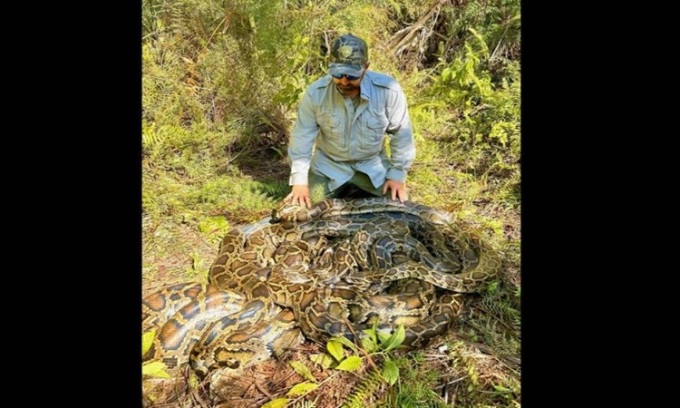
A male python wearing a tracking device led experts to the nest. Photo: Conservancy of Southwest Florida
A group of hunters found a 7-foot-wide python nest in a swamp near Naples, Florida, on February 21. Experts even discovered two python "balls" on the same day. In total, authorities captured 11 pythons weighing 500 pounds, including one that was more than 15 feet long, according to the Miami Herald .
Python hunting season runs from November to April. Python hunters Hisstopher and George led Bartoszek to the nest on February 21. George’s tracking device led the team to the first ball of pythons, which included two males weighing about 20 kg each and a female measuring 4.9 m long and weighing 56.7 kg.
"This large female python was so long and heavy that we had to carry it on our shoulders. We didn't have a bag big enough to hold it. We pushed the live python onto the front of the kayak and paddled to the truck," Bartoszek said.
A few hours later, Bartoszek, biologist Ian Easterling, and two assistants found a much larger nest while following a snake named Hisstopher. This one was 7 feet wide, with heads and tails sticking out in all directions. The snakes in the nest were in no hurry to escape, allowing the team to study them closely. The nest contained five males weighing 30 pounds or less and a 14-foot-long, 80-pound female. The team caught two more males not far away. They bagged all but Hisstopher and transported them across the swamp.
It was a record catch in the Southwest Florida Conservancy’s fight against invasive pythons, proving the success of its radio telemetry program. Both orbs were found when staff at the conservancy implanted devices in male homing pythons, released them, and followed the signals to remote areas rarely visited by humans. It was a victory for native wildlife, according to the conservancy’s science coordinator Ian Bartoszek.
Since 2013, the sanctuary has tagged 110 pythons and tracked their movements across southwest Florida. They’ve learned a lot about the snakes’ behavior, including the strange changes in direction that male pythons make when they smell females. It became clear that implanted male pythons could be used as weapons to track females. That led to a change in the program’s focus.
As of early 2024, the reserve had removed 1,300 pythons from its 150-square-mile (388-square-kilometer) area near Naples, most of them captured through its tracking program. That’s the equivalent of more than 17 tons of pythons. According to Bartoszek, most of the females are pregnant adults who will breed the following year. The average clutch size for a female is 46 eggs. Ian Bartoszek and his colleagues have prevented tens of thousands of eggs from hatching by targeting adult females.
Burmese pythons are native to Southeast Asia. The Florida Fish and Wildlife Conservation Commission suspects they have spread throughout Florida’s wilderness as escaped pets or intentionally released. Necropsies have revealed that they have eaten at least 24 mammals, 47 birds, and three reptiles in the southern part of the state, according to a study by the University of Florida. They are even expanding their range northward, showing up in seemingly unlikely places.
An Khang (According to Miami Herald )
Source link


![[Photo] National Assembly Chairman Tran Thanh Man attends the ceremony to celebrate the 1015th anniversary of King Ly Thai To's coronation](https://vstatic.vietnam.vn/vietnam/resource/IMAGE/2025/4/13/6d642c7b8ab34ccc8c769a9ebc02346b)


![[Photo] Prime Minister Pham Minh Chinh chairs the Government's special meeting on law-making in April](https://vstatic.vietnam.vn/vietnam/resource/IMAGE/2025/4/13/8b2071d47adc4c22ac3a9534d12ddc17)
![[Photo] National Assembly Chairman Tran Thanh Man attends the Policy Forum on Science, Technology, Innovation and Digital Transformation](https://vstatic.vietnam.vn/vietnam/resource/IMAGE/2025/4/13/c0aec4d2b3ee45adb4c2a769796be1fd)

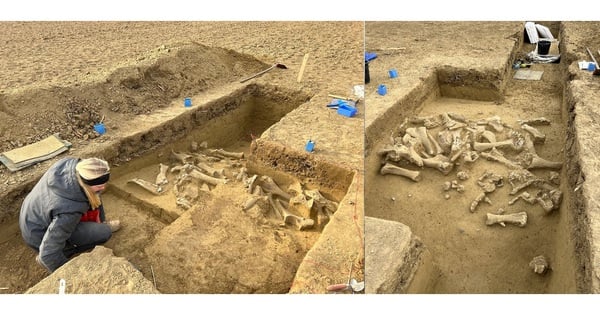



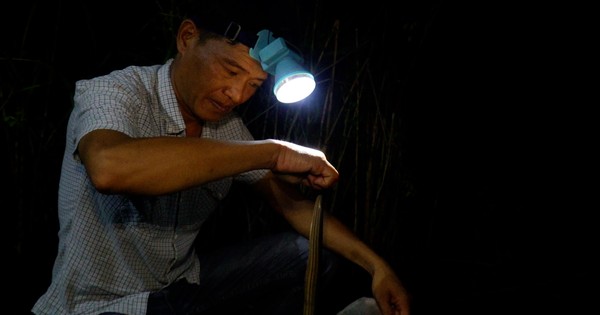

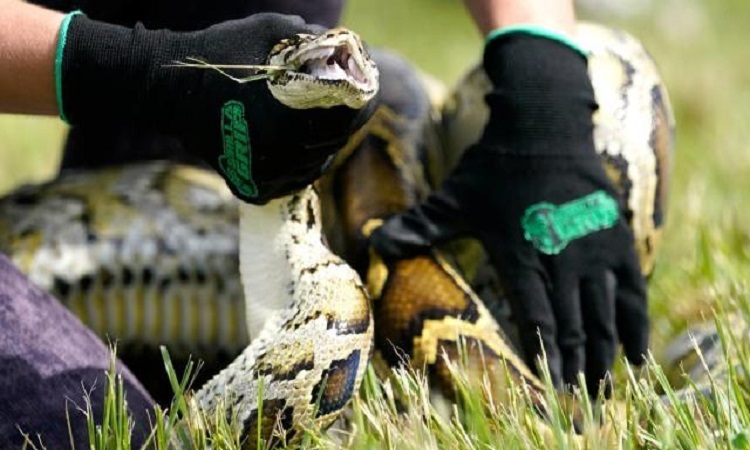
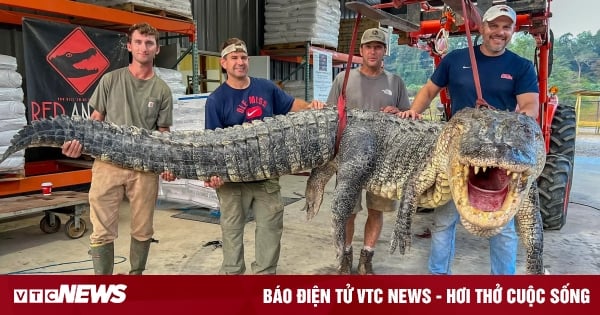



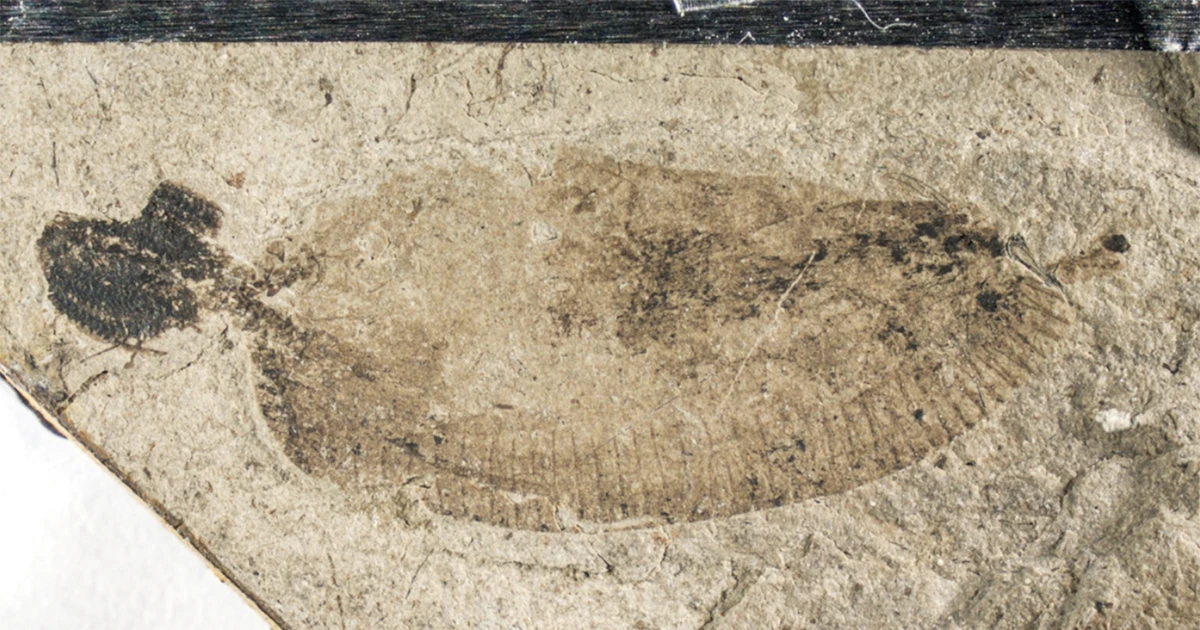



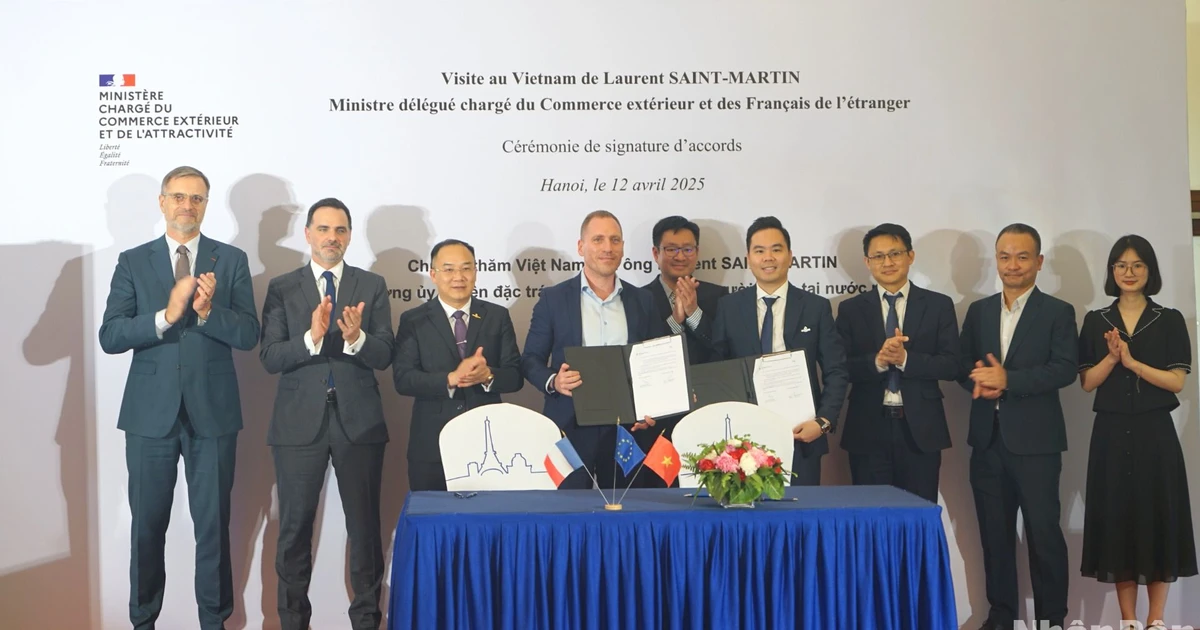


























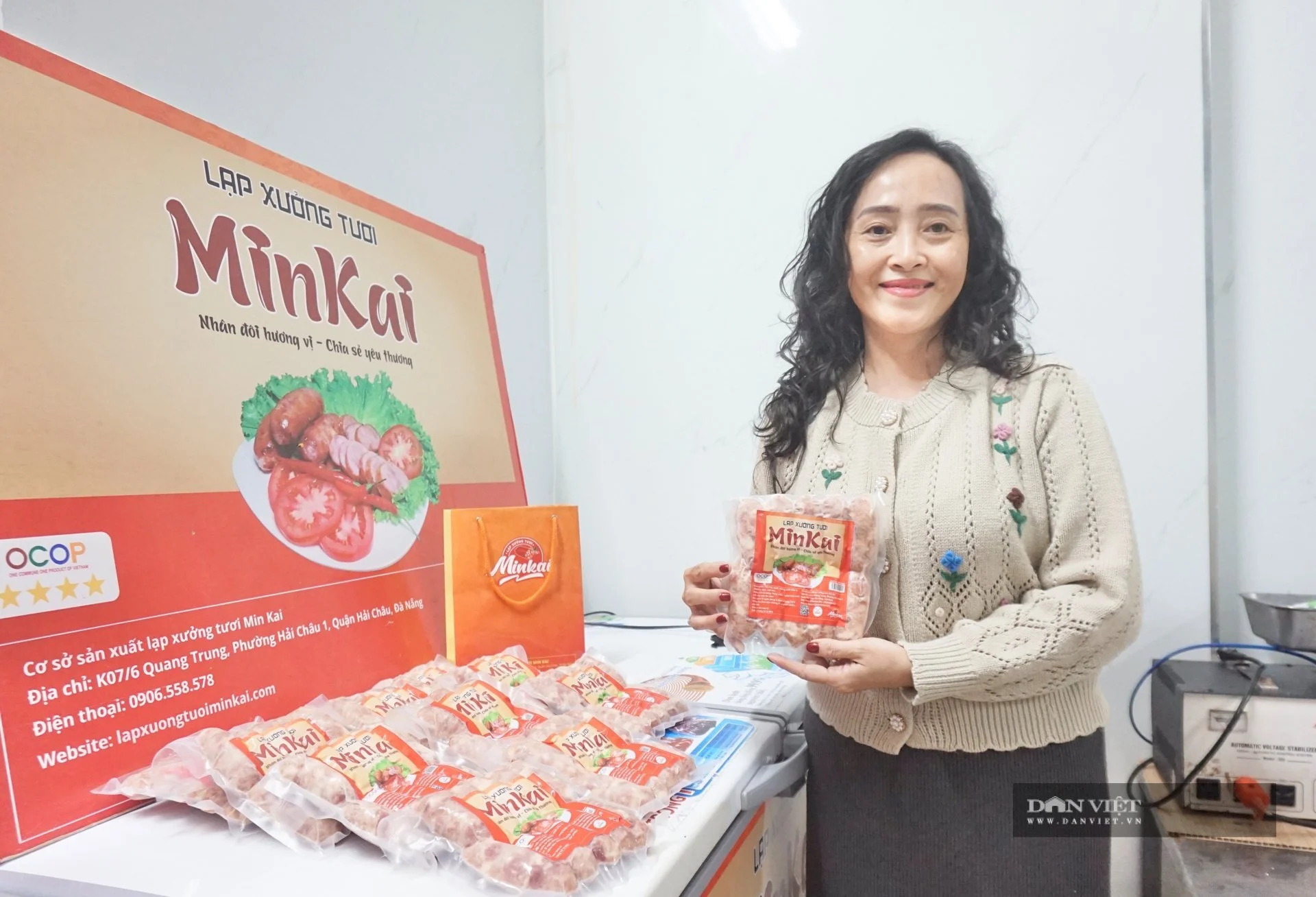






























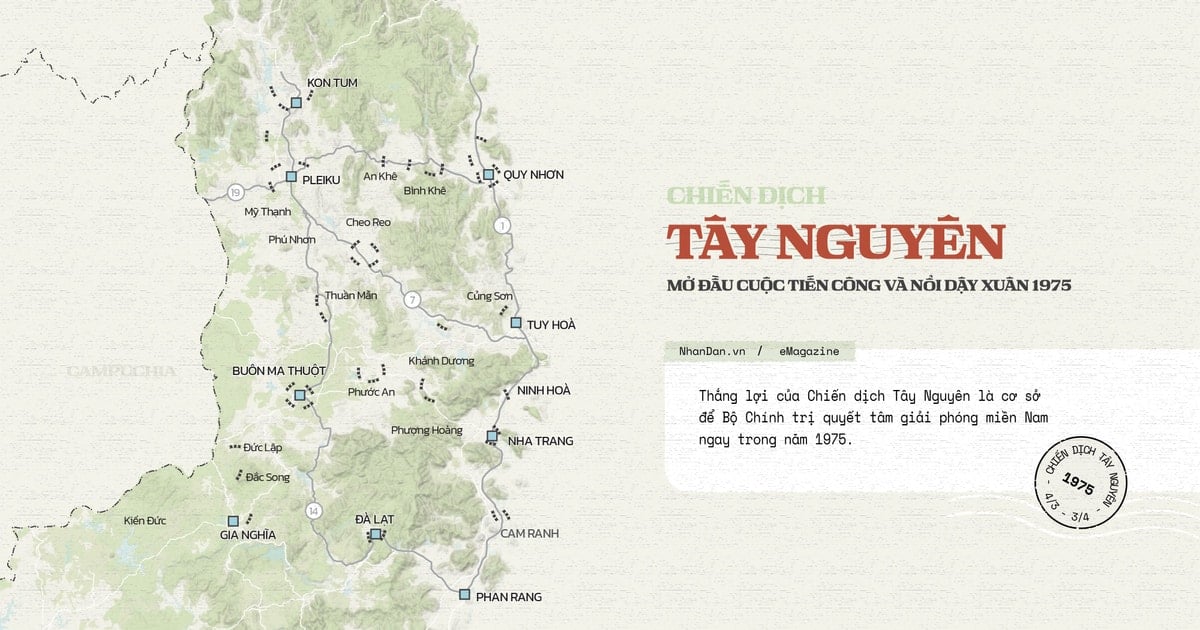



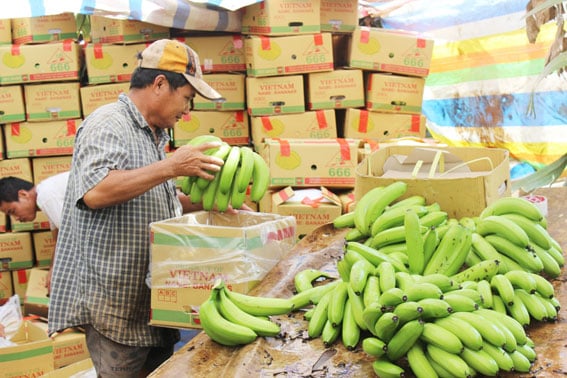











Comment (0)